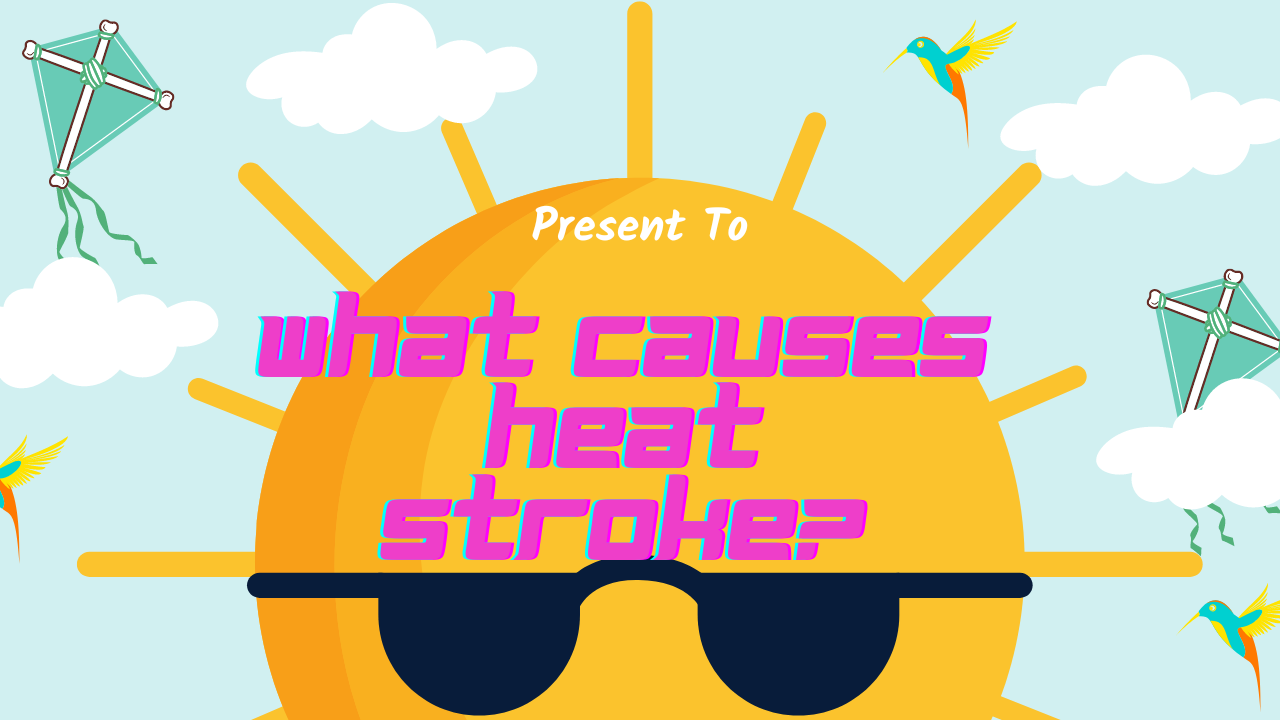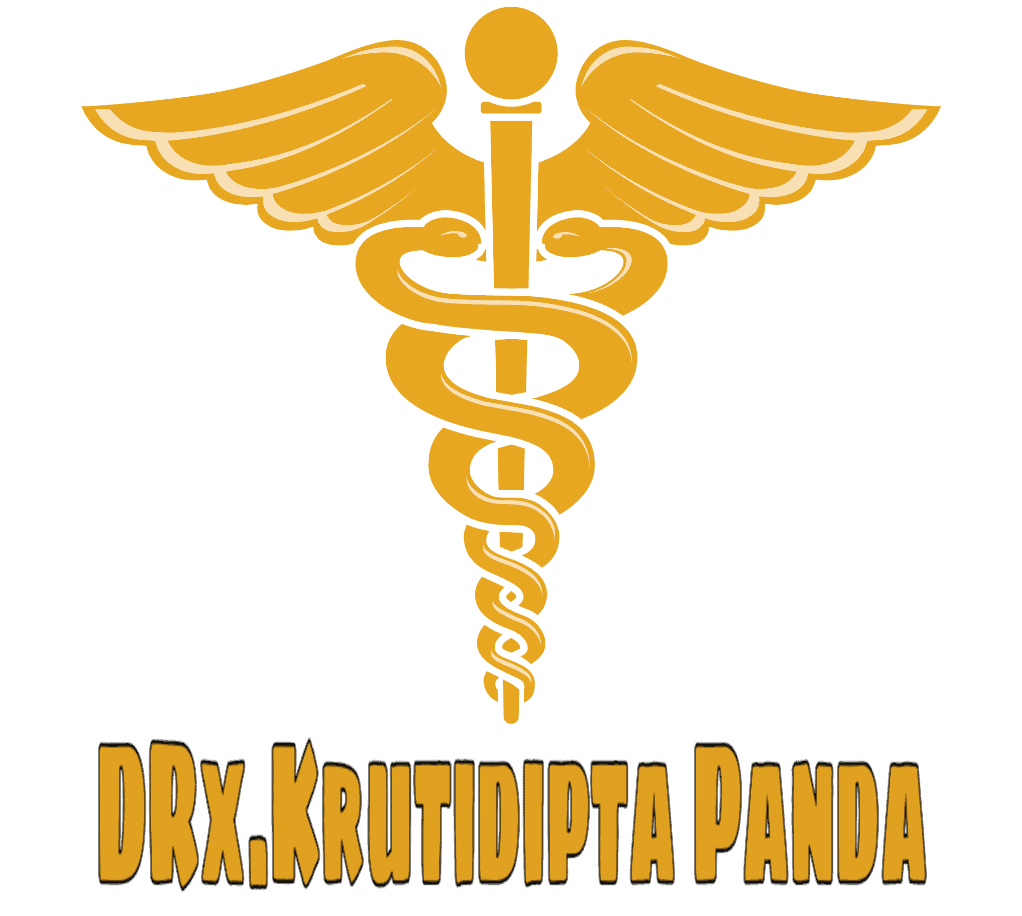Heat Stroke

What are the signs of heatstroke?
- Extremely high body temperature (at or over 106°F)
- Feeling very thirsty
- Sleepiness (in children)
- Headache
- Hot and dry skin that does not sweat
- Excessive sweating
- Loss of appetite
- Cramps in the arms, legs, and stomach
- Rapid breathing
- Slurring of speech
- Dizziness, confusion, and difficulty concentrating
- Seizures
- Loss of consciousness
Those who show indications of heatstroke must be cooled down, and medical attention must be sought immediately.
Why does it happen?
Heatstroke generally develops when the body is unable to cool itself down. The hypothalamus is a component of the brain that helps regulate the body’s temperature, which should be at 98.6 degrees Fahrenheit (37 degrees Celsius). When the body absorbs more heat than it emits, the internal temperature rises over the usual range, causing harm to the brain and other essential organs.
What is the first aid treatment for heatstroke?
If you come across someone who appears to be suffering from heatstroke, get medical attention and try to cool them down. To assist a person in calming down:
- Place them in a cooler location, such as in front of a cooler or air conditioner.
- Make them lie down with their feet slightly raised.
- Spray them with cold water or sponge them with cool water.
- Wrap cold compresses over their armpits, neck, and groin.
- Remove any obstructions in the airway (in case of any).
How To Prevent Heatstroke?
To prevent heatstroke:
- Avoid going out in the sun during the hottest part of the day, between 11 a.m. and 3 p.m.
- To avoid dehydration, drink lots of water or cool beverages throughout the day.
- Shower or soak in a chilly bath regularly.
- Loose clothing and cotton enable the skin to breathe.
- Whenever you feel overheated, spray water on your skin or clothes.
- Do not engage in strenuous workout sessions.
- Excessive alcohol consumption raises the body’s temperature.
Heat stroke is a potentially life-threatening condition and must be immediately treated if exposed to high temperatures for extended periods, leading to an increase in body temperature to potentially dangerous levels. While heat stroke can strike anyone anywhere, India in particular is especially prone.
Here are the symptoms of heat stroke:
-
High body temperature: A core body temperature of 104 F (40 C) or higher, obtained with a rectal thermometer, is the main sign of heatstroke.
-
Altered mental state or behaviour: Confusion, agitation, slurred speech, irritability, delirium, seizures, and even coma can result from heatstroke.
-
Alteration in sweating: In heatstroke brought on by hot weather, the skin will feel hot and dry to the touch. However, in heat stroke brought on by strenuous exercise, the skin may feel moist.
-
Nausea and vomiting: A person may feel sick to their stomach or vomit.
-
Flushed skin: Skin may turn red as the body temperature increases.
-
Rapid breathing: Breathing may become rapid and shallow.
-
Racing heart rate: The pulse may significantly increase because heat stress places a tremendous burden on the heart to help cool the body.
-
Headache: A throbbing headache is often present.
In case you’re showing symptoms of heat stroke, it’s critical to seek immediate medical help.
Treatment for heatstroke generally involves measures to cool the body to a normal temperature and care to address symptoms and related conditions. This may include immersing in cold water, evaporation cooling techniques, wrapping in cooling blankets, and packing in ice.
In India, where professional medical help may not be immediately available in all regions, you can also take some steps to treat heatstroke at home:
-
Move the person to an air-conditioned environment, or at least a cool, shady area.
-
Remove excess clothing.
-
Place the person on their side; this can help them breathe easier.
-
Apply cool water to the skin, and use a fan to enhance evaporation. This will help to reduce body temperature.
-
If possible, immerse the person in a tub of cool water or an ice bath.
-
If the person is conscious, give them cool (not cold) water to drink to help rehydrate.
-
Do not give them any medicines to reduce their body temperature; these can be harmful.
The causes of heat stroke can be broadly categorized into two types:
-
Exertional heat stroke (EHS) typically occurs in young, healthy individuals who engage in strenuous physical activity in hot weather.
-
Non-exertional heat stroke (CHS) most frequently affects the elderly, very young, or those living with chronic illnesses who are exposed to temperatures exceeding normal in high environmental temperatures.
The first signs of heat exhaustion, which can progress to heat stroke if not addressed, may include:
- Heavy sweating
- Weakness or fatigue
- Dizziness or fainting
- Nausea or vomiting
- Headache
- Muscle cramps
- Rapid heartbeat
Long-term effects of heat stroke can include damage to the brain, heart, kidneys, and muscles. The extent of the damage depends on how long the body temperature was high and the promptness and effectiveness of treatment.
Preventing heat stroke mainly involves taking precautions to avoid overheating and to stay properly hydrated. Drink plenty of fluids, wear loose, light-coloured clothing, protect against sunburn, never leave anyone in a parked car, take it easy during the hottest parts of the day, and be aware that certain medications can affect your body’s ability to stay hydrated and dissipate heat.
1. What is a heat stroke?
Heat stroke is a severe medical emergency caused by overheating of the body due to prolonged exposure to high temperatures or physical exertion in hot environments, and requires immediate medical treatment.
2. What are the symptoms of heat stroke?
Common symptoms of heat stroke include high body temperature, altered mental state or behaviour, alteration in sweating, nausea and vomiting, flushed skin, rapid breathing, racing heart rate, and headache.
3. What is the first aid for heat stroke?
The first step in treating heat stroke is to call for emergency medical help. While waiting for help, move the person to a cooler area, remove excess clothing, and try to cool them down by applying cold, damp clothes or having them sip on cool water if they’re conscious.
4. How is heat stroke different from heat exhaustion?
Heat exhaustion is a less serious form of heat-related illness that typically arises after several days of exposure to high temperatures and inadequate fluid intake, while heat stroke is more serious, wherein body temperatures rise dangerously high.
5. What are the long-term effects of heat stroke?
If not treated immediately, heat stroke can cause a number of serious complications, including damage to your brain, heart, kidneys, and muscles. These damages worsen the longer treatment is delayed, increasing the risk of serious complications or death.
6. Can you recover fully from a heat stroke?
With prompt and adequate treatment, it is usually possible to recover fully from a heat stroke. However, the severity and duration of the heat stroke can determine if there are any long-lasting effects.
7. What are the main causes of heat stroke in India?
In India, heat stroke primarily occurs due to prolonged exposure to high temperatures, physical exertion in high heat, dehydration, and lack of access to air conditioning.
8. What is the treatment for heat stroke in India?
Treatment for heat stroke primarily focuses on cooling the body to a normal temperature. In medical facilities, this might involve a cold-water bath, cooling blankets, and rehydration.
9. Can you experience heat stroke symptoms at home in India?
Yes, heat stroke symptoms can appear regardless of location, especially during periods of high heat and humidity. It is important to take the necessary steps to cool down if you start feeling unwell.
10. How can one prevent heat stroke in India?
Preventive measures include staying hydrated, wearing light clothing, avoiding strenuous activities during the hottest parts of the day, and staying in air-conditioned environments whenever possible.
